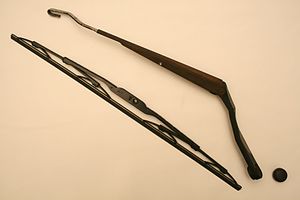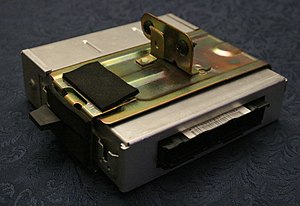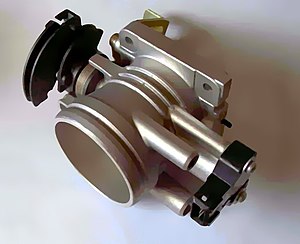
It's best to err on the side of caution when setting your intermittent
wiper speed. Too many people try to go for the minimum frequency of passes, but this practice can lead to poor visibility if the rain becomes heavier.
Get in the habit of cleaning your
windshield every time you fill the gas tank. Too much debris and dried residue can greatly impair the amount of contact your
windshield wipers have with the glass.
Lift your wiper blades off the windshield when the car is at rest during the winter months. This is the best way to prevent them from freezing to the glass and creating an unexpected hazard when you try to operate them in the cold.
Never drive if one of your blades is broken or missing. No matter how experienced you are, it is simply unsafe to operate a vehicle if you can only see out of half the windshield.
Instruction to choose
1 Turn on your existing
wiper blades and test their operation using a hose or misting device. If the blades are shuddering, squeaking, streaking or failing altogether, it's important to figure out why.
2 Examine the blades to diagnose the problem. Cracked and warped
rubber are the two most common culprits, but you may also see a bent frame or a split in the rubber.
3 Remove the worn-out blade and take it to the auto shop, so that you can choose the right one.
4 Browse the selection at a local auto shop. These days, windshield wipers come in a variety of rubber composites and sheaths, including some specifically designed with weather shielding for winter months or air foils to "cling to the glass" at high speeds.
5 Make your purchase based on the problem that sent your last blades out of commission. If the rubber has grown rigid and cracked, for instance, you want to get a UV-resistant product that won't dry out and lose its elasticity in hot weather.
6 Test the blades at high speed if you can. Many auto shops now allow for test drives, because they are catering to informed buyers who want to make smart choices.
7 Replace your
wipers after a year to ensure maximum reliability.





















